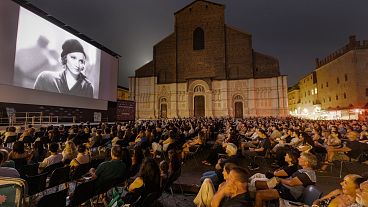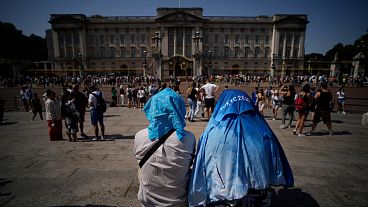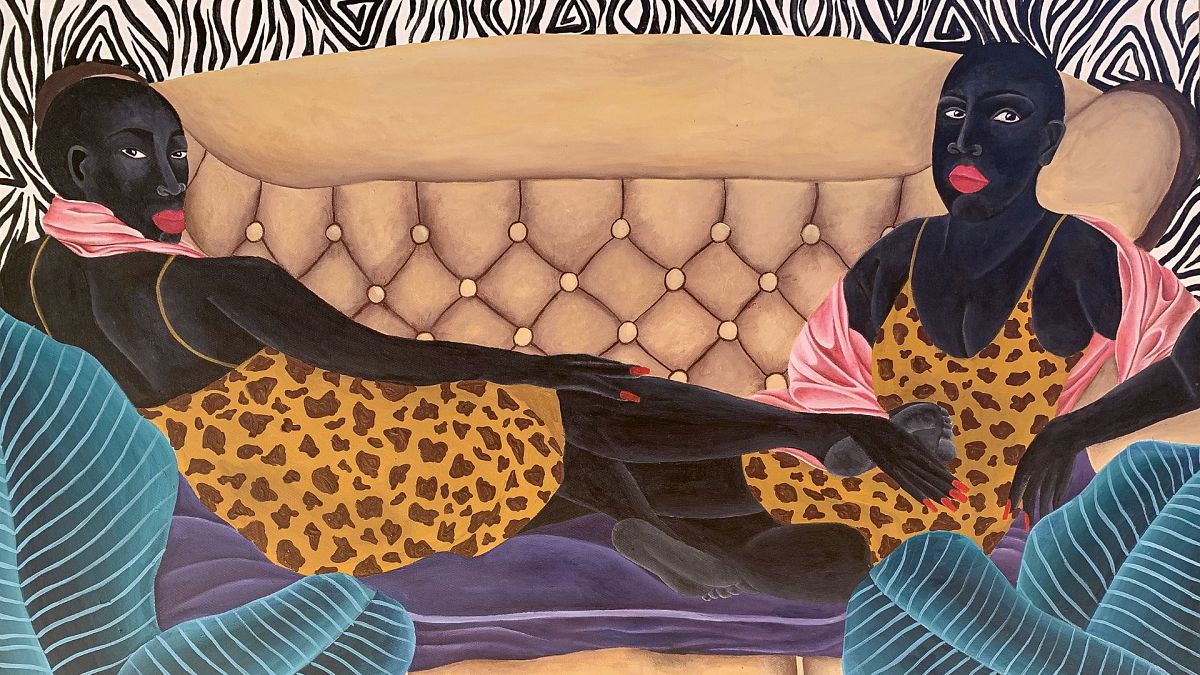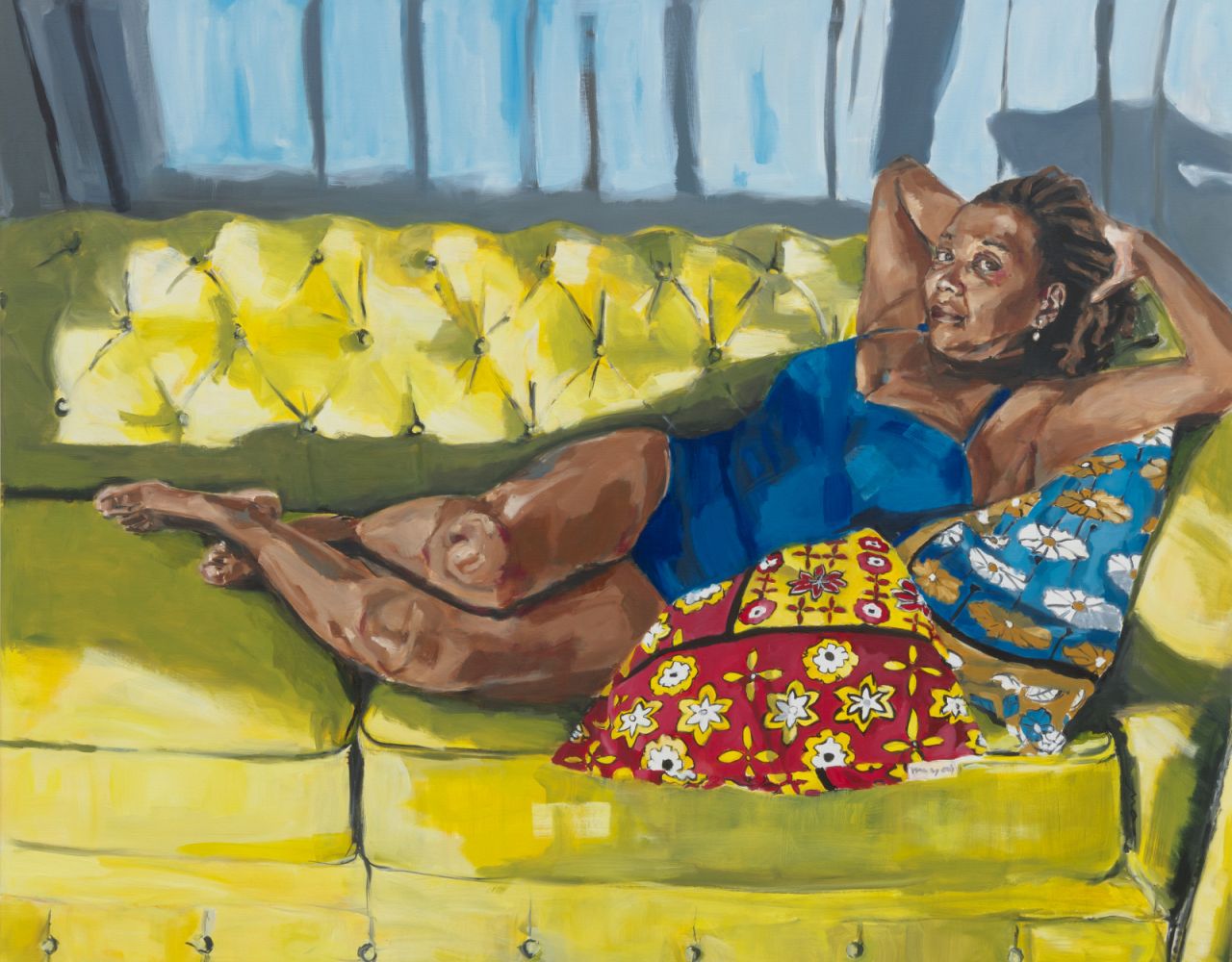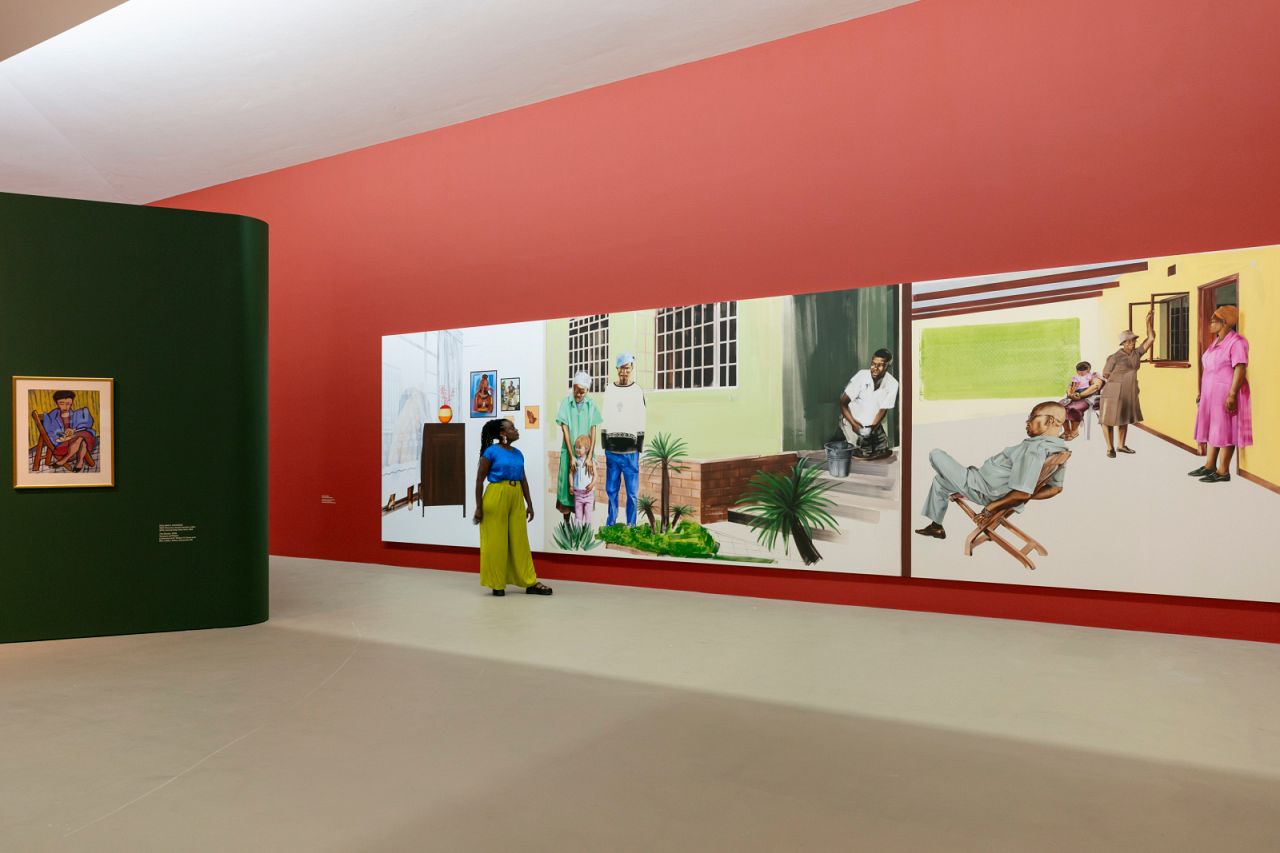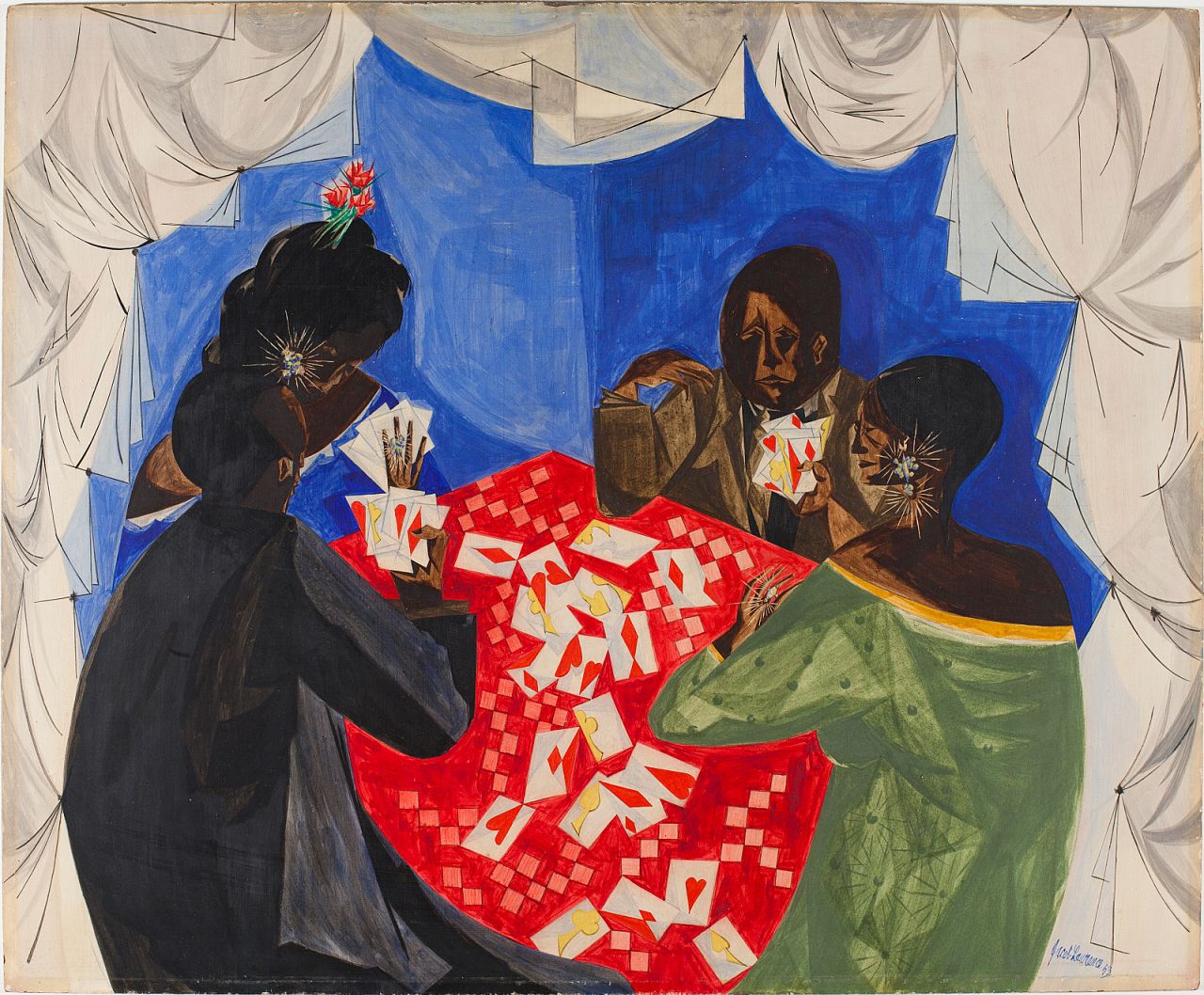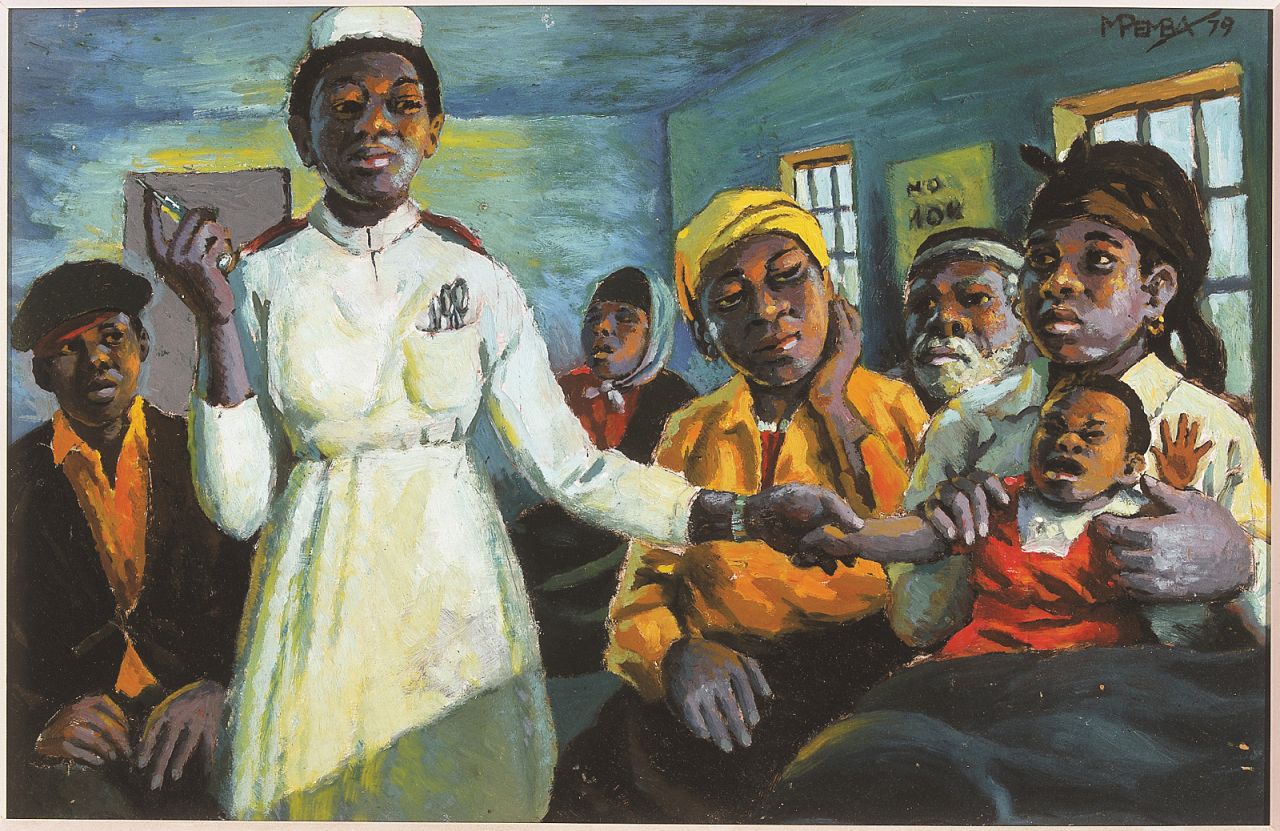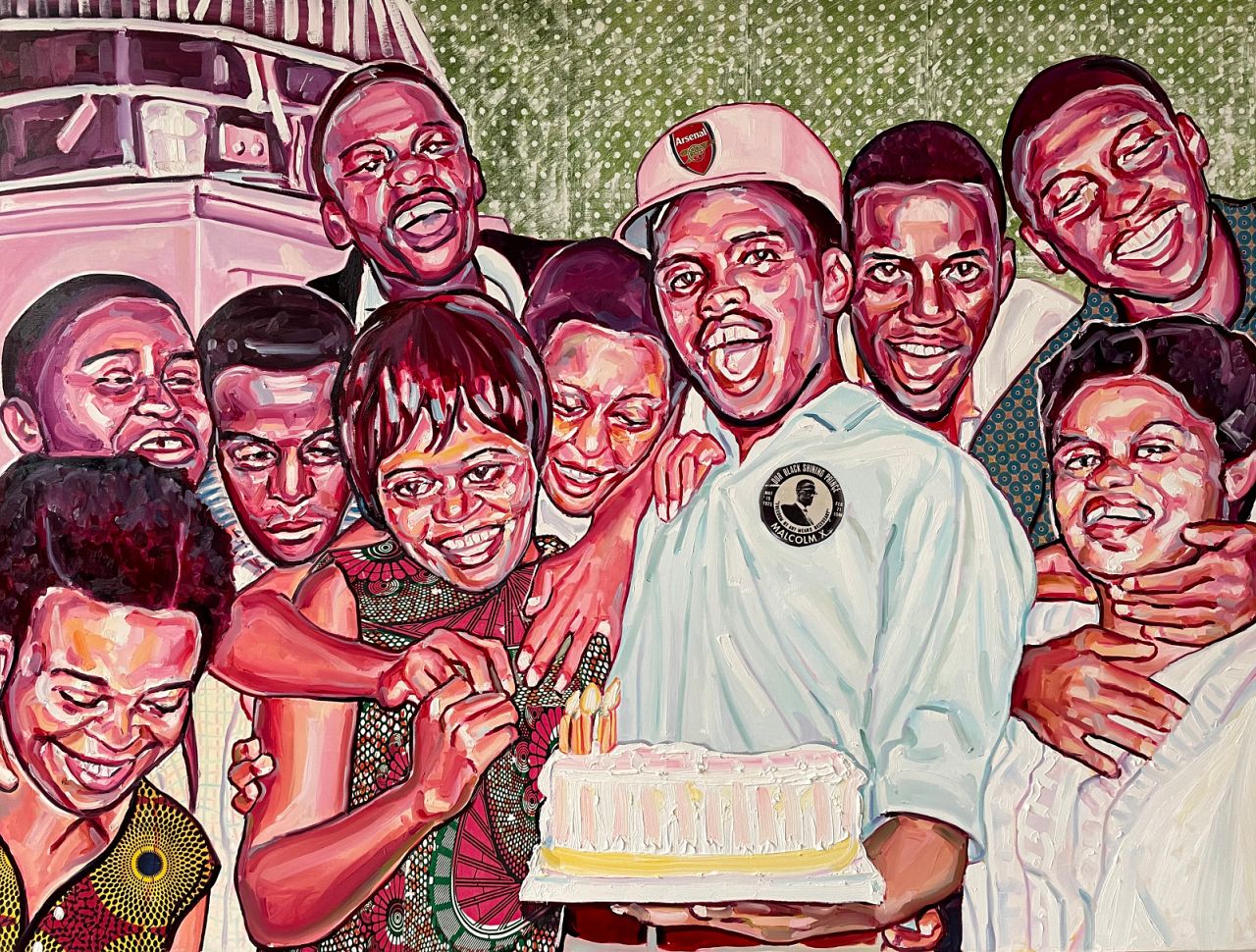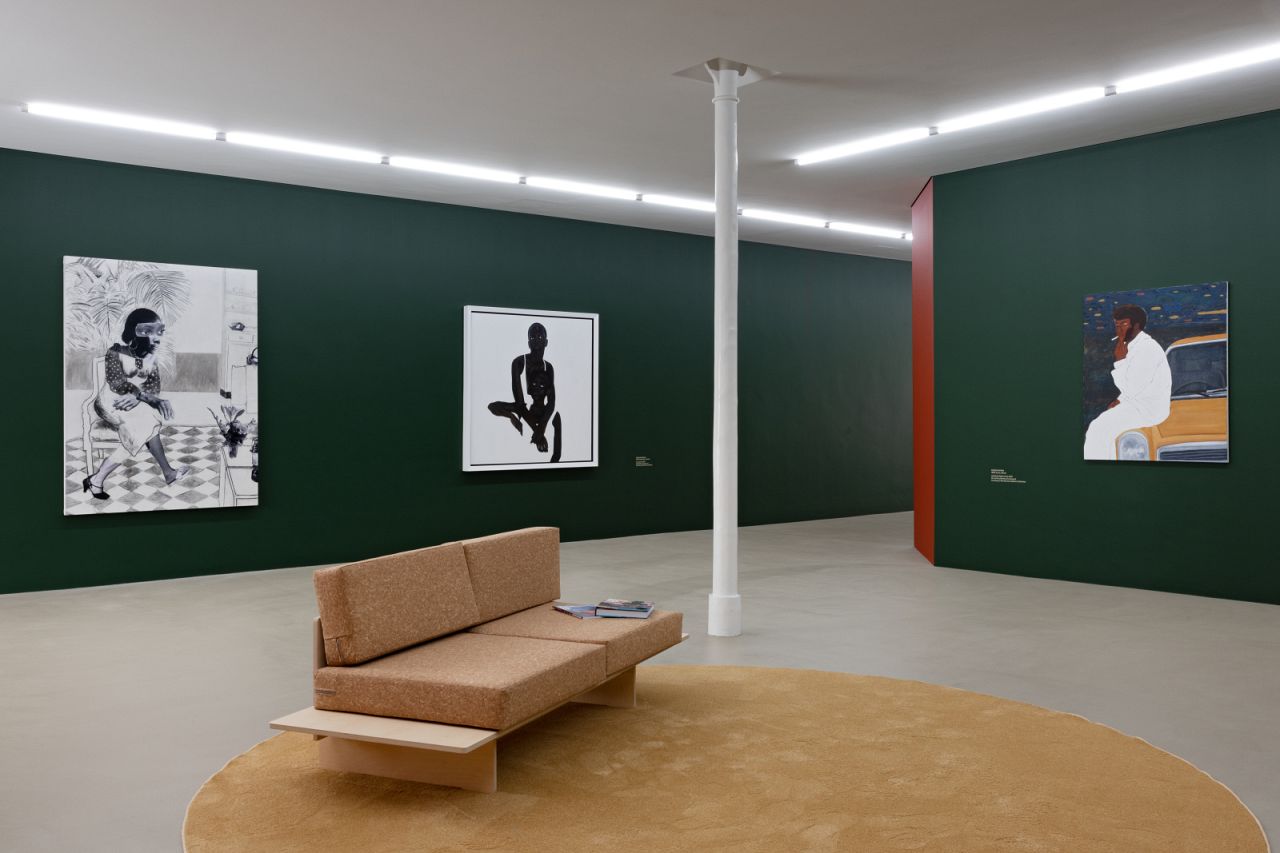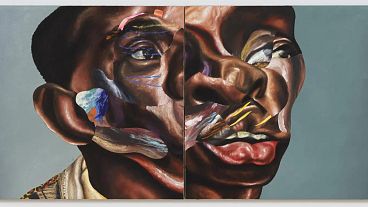An ambitious exhibition, showcasing how artists have depicted everyday Black joy in painting over 100 years, has made its way from South Africa to Switzerland.
African art is currently experiencing quite the Renaissance in Europe.
At long last, major museums, art fairs, and private collections across the continent are starting to embrace works by artists of African descent and those of African nationalities like never before.
In London, this cultural wave has surged spectacularly. In 2024, there have already been several major exhibitions celebrating African creativity, such as The Time is Always Now exhibition at the National Portrait Gallery, which explored contemporary portrayals of Black figures, to Yinka Shonibare's historic colonial statues showcase at the Serpentine Gallery. Adding to the excitement, the Tate Modern has just announced Nigerian Modernism for 2025.
Away from the UK, one of the latest exhibition's to make its way to Europe is When We See Us, which was originally conceived by the Zeitz Museum of Contemporary Art Africa, Cape Town, and is temporarily being housed at the Kunstmuseum in Basel, Switzerland.
The monumental exhibition is a first of its kind, bringing together 100 years of Black figurative painting to celebrate the multifaceted nature of Black experiences across the globe, both from the African continent and its vast diaspora.
Most of the over 150 works on display, created by both prominent and emerging talents in the African art scene, have never been seen in Switzerland, nor have they ever been shown on such a scale in Europe.
"It's a sprawling panorama of 100 years of Pan-African painting, starting roughly in 1922 today. There's around 120 artists from various generations, representing diverse styles, forms, and genres, yet consistently rooted in the figurative medium," Daniel Kurjakovic, who helped adapt the exhibition for the Kunstmuseum Basel, told Euronews Culture.
Shifting perspectives of the Black experience
The title of the exhibition, inspired by Ava DuVernay’s poignant 2019 miniseries When They See Us, flips "they" into "we", indicates a reversal of the gaze. Here the artists' and subject's views take centre stage, moving away from the recurring misrepresentation of Black lives through oversimplified and distorted narratives.
Exhibitions globally have often explored Blackness through the lens of trauma, violence and colonial legacies. When We See Us curators Koyo Kouoh and Tandazani Dhlakama instead decided to focus on everyday life and the "power of Black joy".
As Kurjakovic states, "Here, Black curators, Black subjects, look at each other, look towards themselves, to try to take over a more positive notion of Black subjectivities."
The exhibition is organised around six themes - The Everyday, Joy and Revelry, Repose, Sensuality, Spirituality, and Triumph and Emancipation - rather than following a chronological or geographical categorisation. Through these themes, When We See Us celebrates Black joy in all its quotidian forms.
Black figures are seen enjoying the simple pleasures of life, such as a young couple sitting in a cinema, as seen in George Pemba’s The Audience (1960), or a group playing cards, like in Jacob Lawrence's The Card Game (1953).
Esiri Erheriene-Essi's The Birthday Party (2020) offers an incredibly poignant portrayal of South African activist Steve Biko, in an intimate moment of celebration. Despite the tragic end to Biko's life - he was a key figure in the Black Consciousness Movement who was beaten to death by state security officers in 1977 - Erheriene-Essi's painting strikingly immortalises him in a moment of pure joy and connection, surrounded by loved ones.
There are prominent names in the show that will be recognisable to many visitors, including Njideka Akunyili Crosby, Jacob Lawrence, Amy Sherald and Michael Armitage, yet a huge part of the exhibition's appeal lies in discovering lesser-known artists from the past and rising stars in contemporary art.
The exhibition is enormous and you can easily spend a full day taking in the vibrant and culturally rich paintings spaced across the three floors of the Kunstmuseum Basel's Gegenwert building. When you attend the exhibition, pick up the booklet at the museum’s entrance – it shines a light on the story behind the artworks and the conversation between them.
From the moment you step inside, you are greeted with powerful imagery of defiance and pride in the Triumph and Emancipation section, perfectly setting the tone for the journey ahead. Cheri Cherin’s exuberant Revolution Obama (2009) is a standout piece here, portraying President Barack Obama and First Lady Michelle Obama in a celebration of Black excellence, surrounded by other towering historical figures like Nelson Mandela and Martin Luther King Jr.
As you explore the vast exhibition space, the experience is enhanced by a gorgeous soundtrack (curated by composer and sound artist Neo Muyanga) that helps breathes life into the paintings.
Though there is still much progress to be made in the representation and appreciation of African art, this exhibition is another shining example that things are heading in the right direction.
Running until 27 October 2024, When We See Us is well worth a visit.
Check out our video above for a look inside the exhibition.


